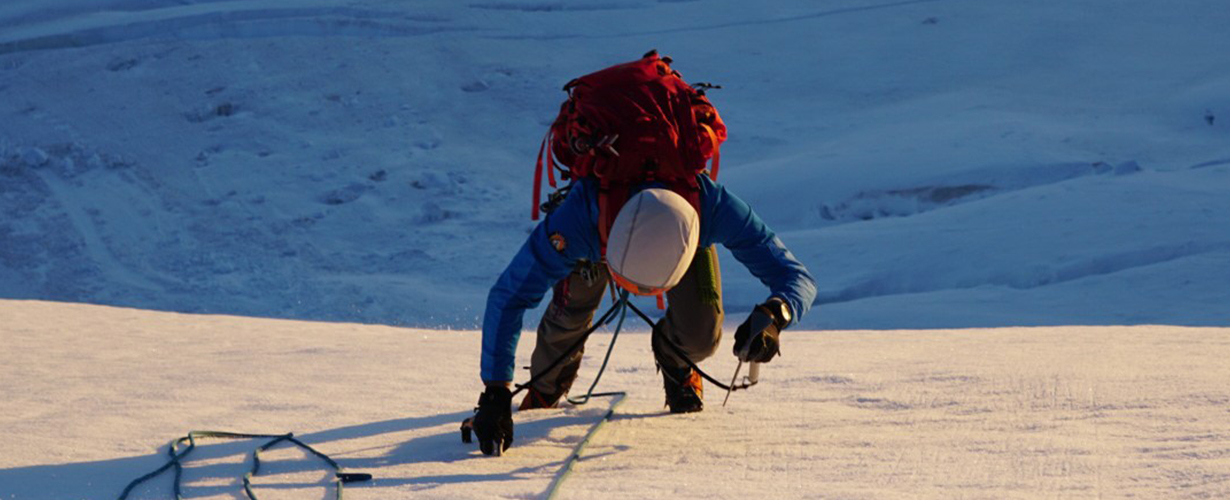T Slot Snow Anchor
So I learned about snow anchors about 10 years ago, around the same time I was learning about rock climbing anchors. At that time, the concept of 'equalization' was something impressed upon me. Times change, lab tests get done, and the cultural tide evolves in terms of how we think about anchor priorities. My understanding of modern rock climbing anchor-craft 'best practice' is to let go of the concept of equalization, focus on bombproof pieces, simplicity of construction, and thoughtful ways (if possible / practical) to share the load across the pieces (assuming that's even a priority for the climbing party relative to the available pro).
Based on what has seeped into the popular consciousness of climbing about how equalization isn't something that can be achieved (even load sharing can hard to accomplish depending upon what you're doing), how should I update my thinking (if at all) regarding snow anchors?
For reference, I live in the PNW, and only have cause for using snow anchors for either belaying a sketchy crossing of a crevasse or feature, or the nightmare scenario of having to hoist a victim after a crevasse fall. I'm more worried about what I do in the latter situation.
My intuition is that ensuring as much 'sharing of the load' across anchor points is far more desirable since it can be hard to assess the 'bomberness' of a given snow anchor. Yes yes yes only build an anchor if it's bombproof. But seriously, if someone fell into a crack and is all banged up, and we (maybe just I?) am up top going through the steps of building an anchor to which to transfer the load while also being mindful of setting up a haul system, where in my prioritization should sharing the load across two anchor points (such as a picket and an ice axe) be? Theoretically, you're laying in the snow in this situation and once you transfer the load in some fashion it's gonna be real tough to rejigger the works if there's some slack in the system (e.g. the load is resting on one point despite ones' best efforts to distribute the load with slings or whatever's available). Perhaps use of systems with some adjustment (such as munter mules) on pieces can allow finer tuning, or something.
It's a rainy day in Seattle and debating hypotheticals that are rare occurrences sounds like a fine thing to do today.





T Slot Snow Anchor Bolts
A good t-slot anchor will provide a secur. Rescue techniques are super important when travelling in terrain with imminent danger such as crevasses and cliffs. A good t-slot anchor will provide a. 1010 is a 1.00” x 1.00” fractional 10 series square T-slot profile with four open T-slots, one on each 1.00” face. The profile has align-a-grooves to assist in aligning connecting profiles. T-Slot Anchor: A Tie-Down Technique for Snow or Sand This Anchor Can Help You Secure Your Tent on a Sand Dune, or Rappel Down a Snow-Covered Peak Written by Patrick McCarthy on November 15, 2016 Have you ever tried to anchor a tent peg, fence post, or other stationary object in the ground, only to have that ground give way? Round Neck For quicker setups than a separate T-slot nut and stud, slide these bolts into T-slot tracks on machine tool tables. Round-neck bolts are also known as tugger bolts. Stainless steel bolts have excellent corrosion resistance.